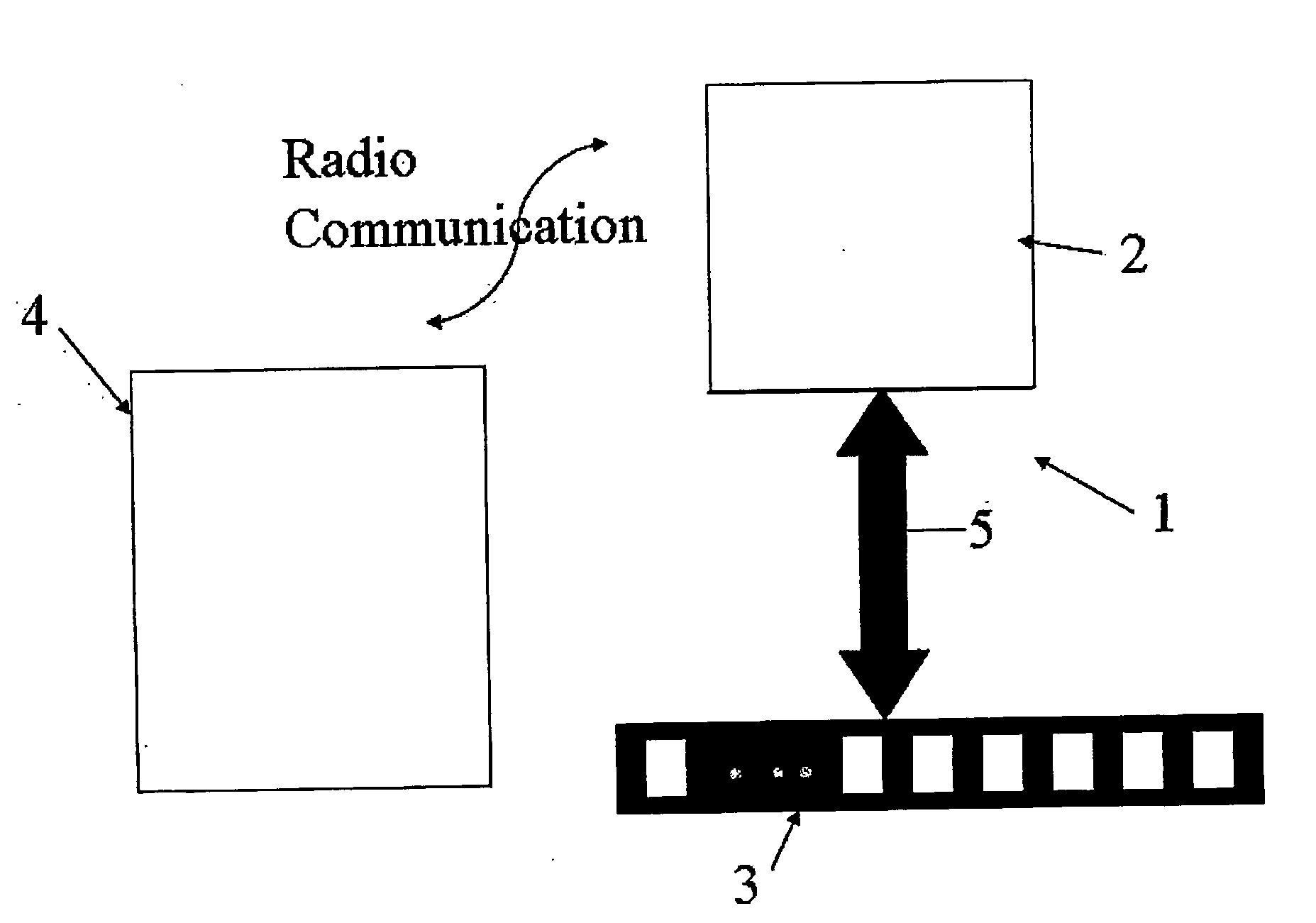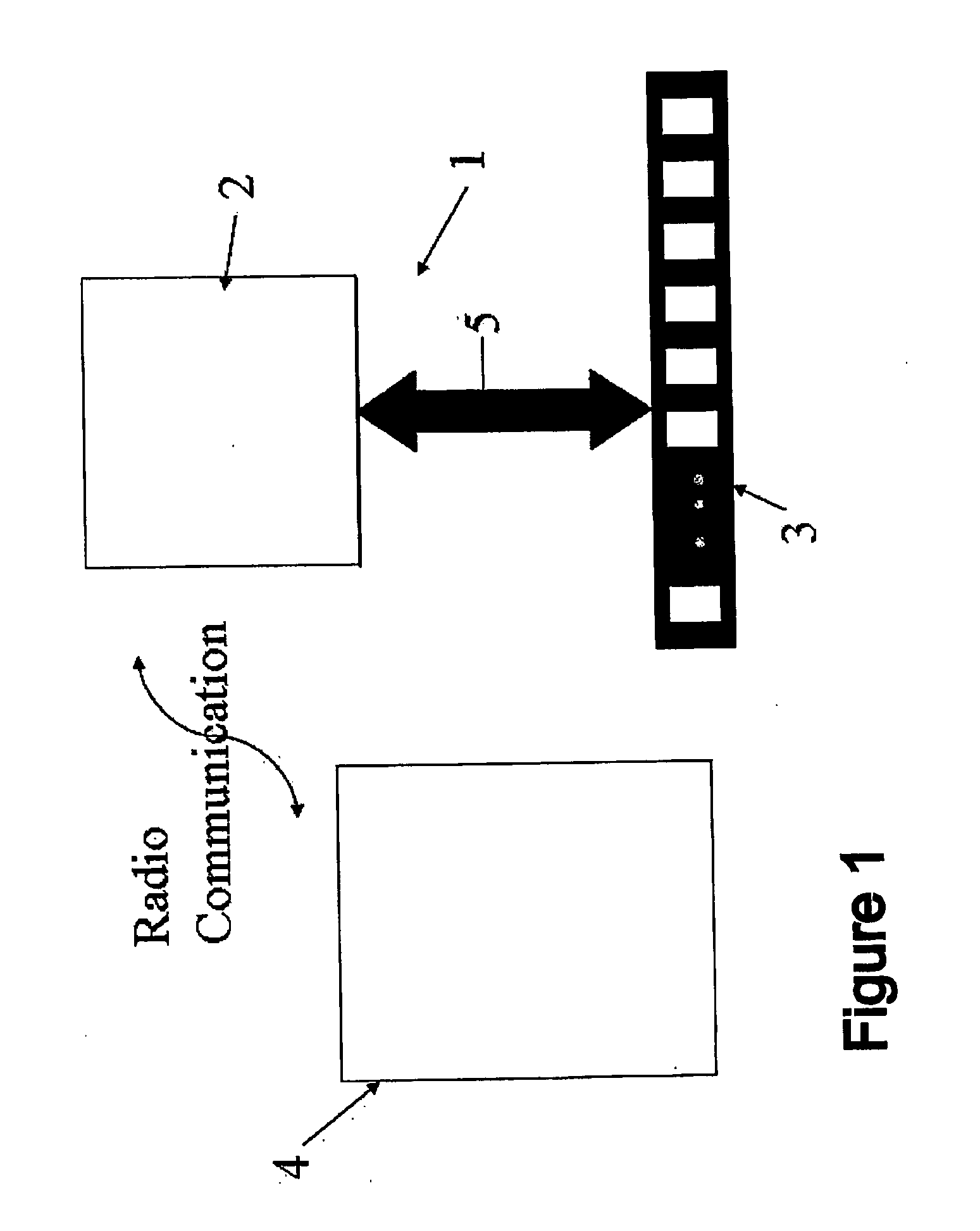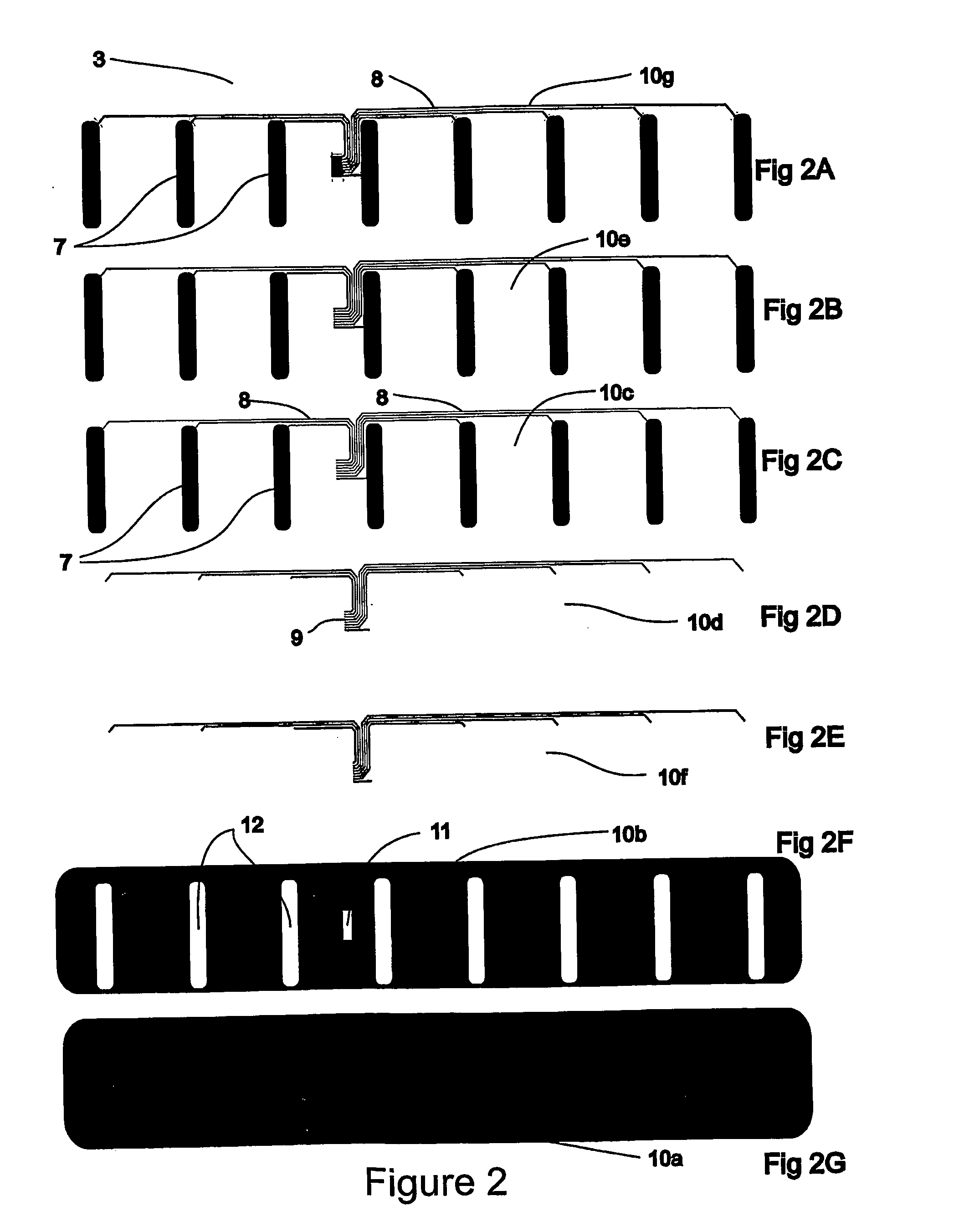Internal Bleeding Detection Apparatus
a detection apparatus and internal bleeding technology, applied in the field of internal bleeding detection apparatus, can solve the problems of limited general use adoption of the technique, ineffective production of good static images of body organs, and inability to detect intraperitoneal bleeding, etc., and achieve the effect of detecting the bleeding rate, non-invasive, and suitable for use with young peopl
- Summary
- Abstract
- Description
- Claims
- Application Information
AI Technical Summary
Benefits of technology
Problems solved by technology
Method used
Image
Examples
Embodiment Construction
[0077]The embodiments of the invention are directed to an EIT system and method adapted to detect changes within a body. They are particularly suited to detecting internal bleeding within the peritoneum.
[0078]As previously mentioned, EIT systems apply a current to a body and measure voltage between electrodes placed on the surface of the body. From these measurements it has been possible to calculate the electric field which is created in a two-dimensional plane or three dimensional volume as a result of the electric current flow. A variation in electric field results from changes in resistivity of the various tissues within the region. From these resistivity changes, it is possible to create an image of changes in organs and tissue present in the region. While this has been done in the past, the quality of the images that have resulted have been quite poor and thus the process has had limited practical imaging application. The inventors have recognised that while intrinsic image qu...
PUM
 Login to View More
Login to View More Abstract
Description
Claims
Application Information
 Login to View More
Login to View More - R&D
- Intellectual Property
- Life Sciences
- Materials
- Tech Scout
- Unparalleled Data Quality
- Higher Quality Content
- 60% Fewer Hallucinations
Browse by: Latest US Patents, China's latest patents, Technical Efficacy Thesaurus, Application Domain, Technology Topic, Popular Technical Reports.
© 2025 PatSnap. All rights reserved.Legal|Privacy policy|Modern Slavery Act Transparency Statement|Sitemap|About US| Contact US: help@patsnap.com



